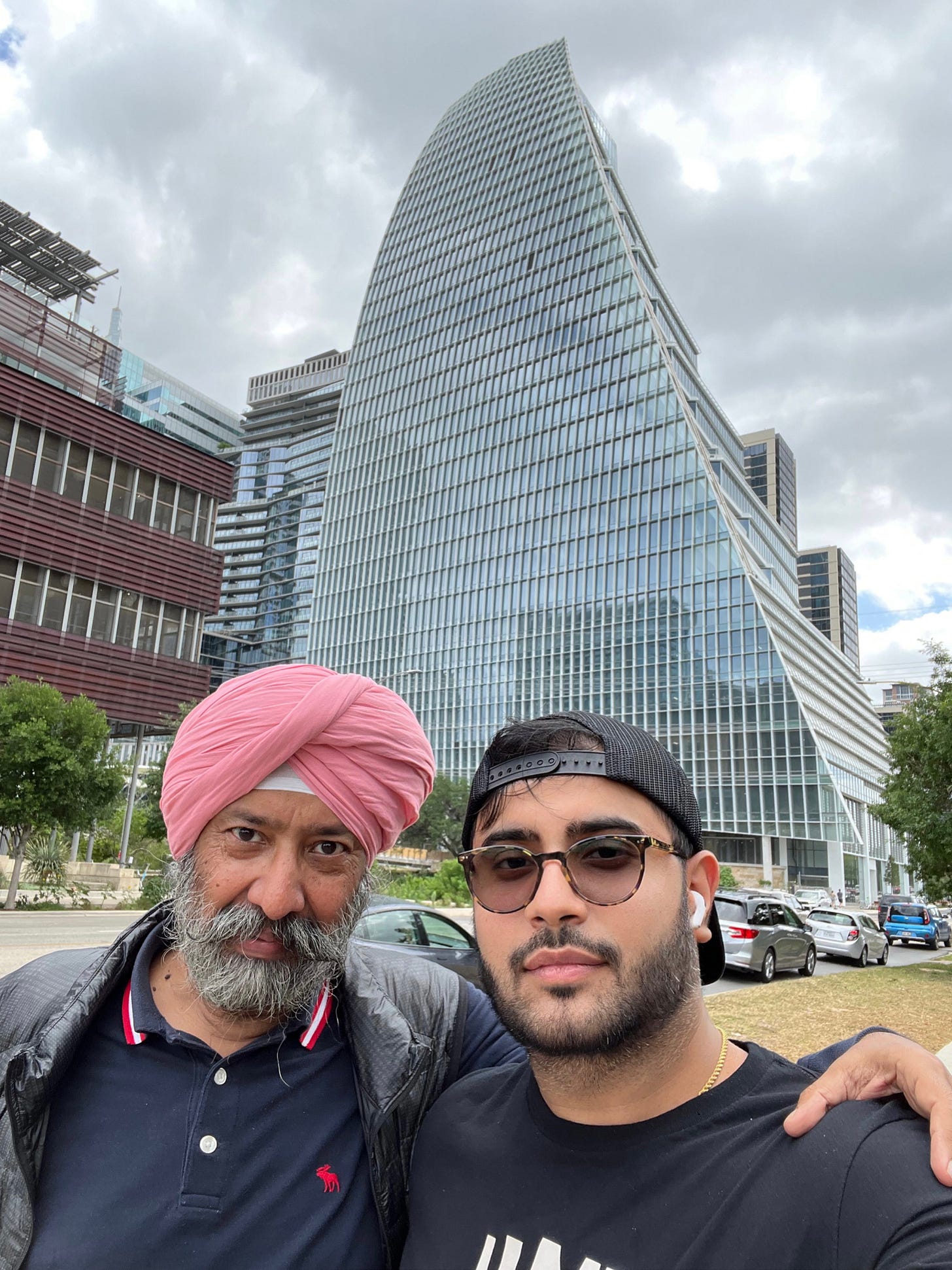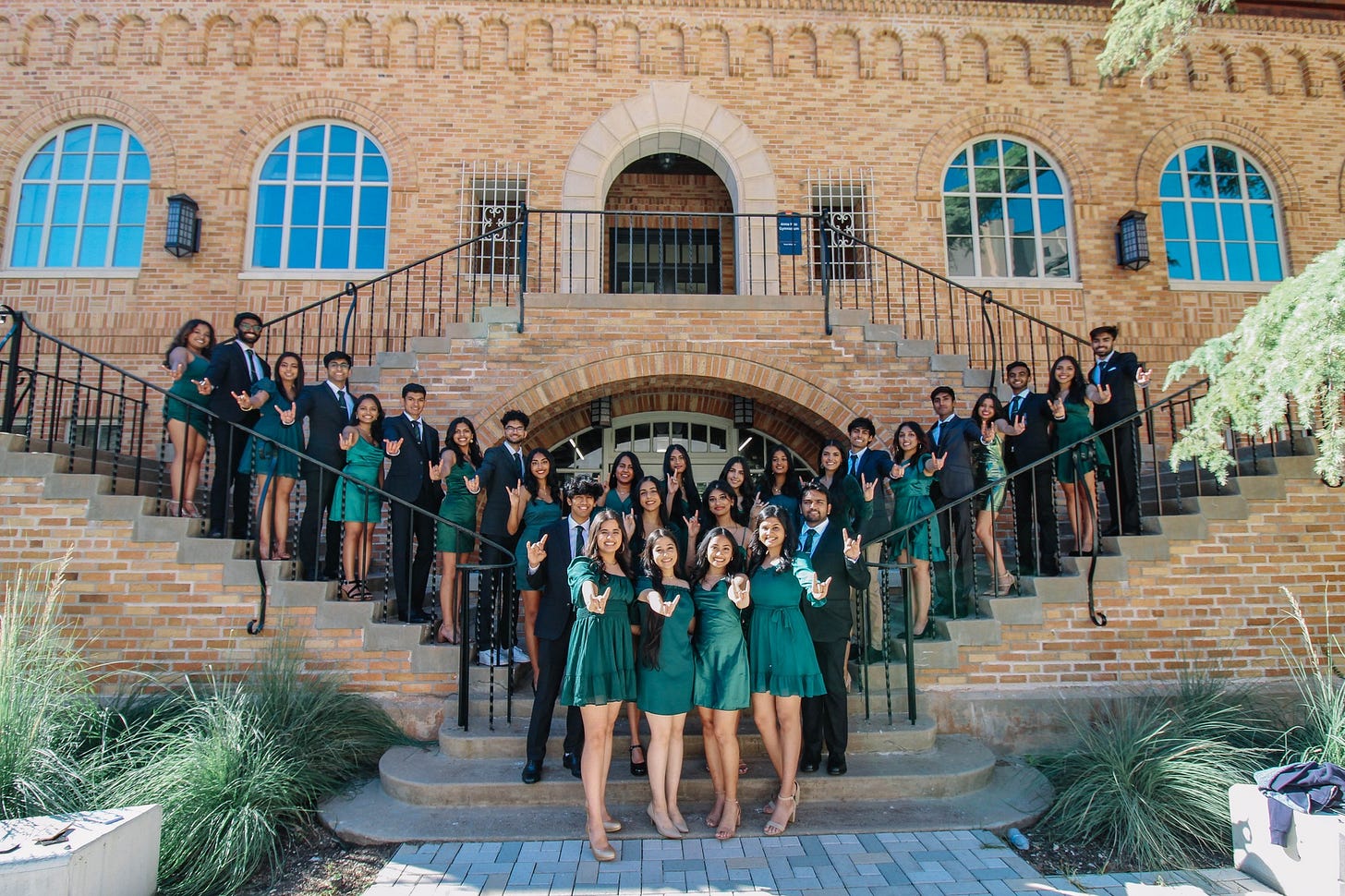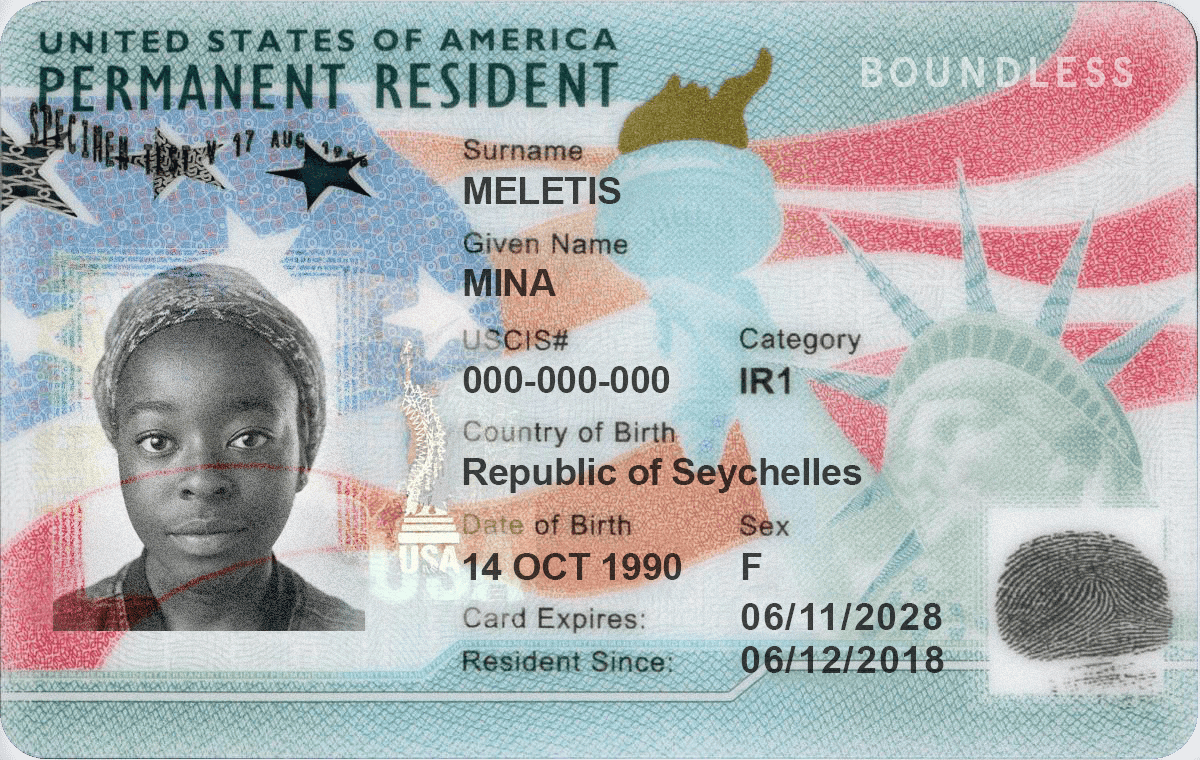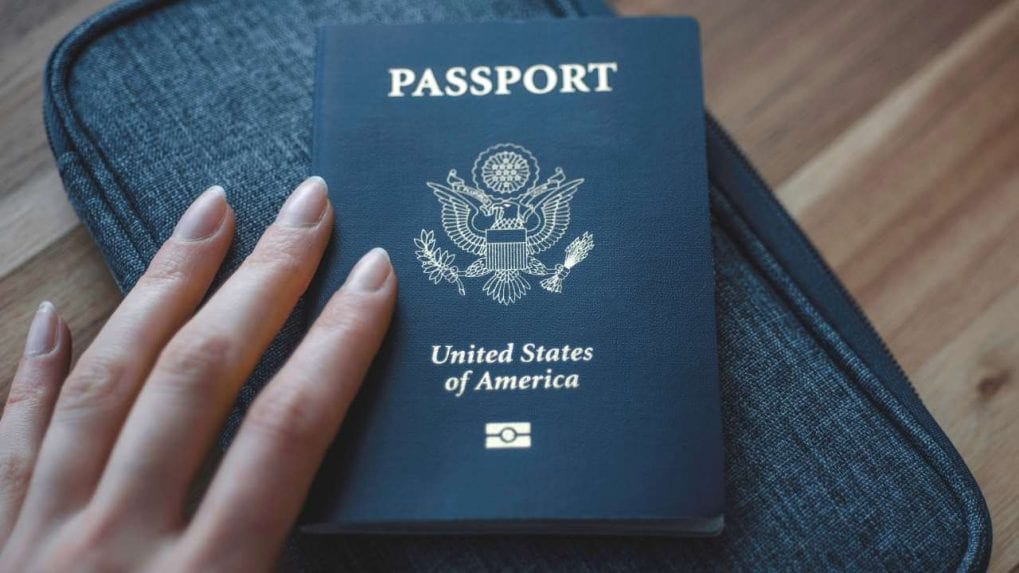Moksha@US$ 800,000: EB-5, the US Investor Visa Green Card
Introduction: A Personal Encounter
Rohit's Revelation: I recently ran into a young man whom I had mentored for the civil services examination about a decade ago. Now in his late 30s and a proud father of three young children, with the elder daughter barely into her teens, he shared that they go as a family for a holiday to the USA twice a year. When I suggested exploring destinations in Europe and elsewhere, he hesitatingly revealed this was a mandatory requirement of his US Green Card, obtained a few years ago under the Investor Visa Scheme.
Rohit’s Path to the EB-5 Visa
A Businessman’s Choice for Family Future: Rohit, hailing from a reasonably prosperous business family from the Malwa region of Punjab and now a successful businessman in his own right, is not the only person from this region making use of the EB5 program of the USA, popularly known as the investor visa green card program.
The Mechanics of the EB-5 Program
Investment and Its Impact on Family: The program entails an investment “at risk”— essentially equity, not a loan— of US$ 800,000 in the USA, which leads to directly creating 10 new jobs. He shared that he had opted for this program to secure the future of his children, two daughters and a son, including options for their studies abroad.
Advantages of the EB-5 Visa
Benefits for the Entire Family: Firstly, the EB-5 program allows not only the principal investor but also the spouse and minor kids under the age of 18 to get a green card, making the investment very attractive. They get to retain their respective green card on gaining majority.
Education Opportunities for Children: Secondly, the most significant factor for Rohit was the
educational advantage for his children in the US. If they choose to study there, they're treated on par with US Citizens and Green Card holders, eligible for the majority of seats, rather than the limited 5% reserved for international students. This significantly boosts their admission chances. Moreover, the green card entitles them to substantially lower tuition fees at American educational institutions, from high school to higher education, compared to international students.
Financial Considerations and Tax Benefits: Thirdly, Keshika, his accomplished MBA-qualified wife, emphasized a financial strategy in response to the depreciating rupee against the US dollar. They plan to keep their $500,000 — the prevailing investment threshold when they applied— in the US even after the mandatory lock-in period ends. This approach not only hedges against currency fluctuation but also takes advantage of tax benefits. Under the Double Taxation Avoidance Agreement (DTAA) between the US and India, any returns generated from this investment are exempt from income tax in India and are subject to US tax laws only.
Freedom of Movement and Work Rights: Fourthly, the Green Card grants each family member the freedom to travel, reside, or work anywhere in the USA, regardless of the investment's location. Additionally, it offers the quickest route to obtaining US citizenship.
Navigating the EB-5 Process
Complying with Residency Requirements: Fifthly, Rohit noted a key difference: unlike Canada's residency requirements for permanent residents, the US Green Card mandates only a biannual visit to the U.S., explaining their twice-yearly holidays there. In simple words, you have to be in USA at least once in six months.
Maintaining Indian Citizenship and Rights: Sixthly, acquiring the green card does not mean relinquishing Indian citizenship, and both he and his wife remain registered voters in Bathinda district, keeping their options open for getting into the electoral field at appropriate time.
Practical Tips for Prospective Investors
Strategic Fund Transfer and Clean Money: Firstly, Rohit advised on financial planning for the EB-5 program, considering the Reserve Bank of India's annual remittance limit of US$250,000 per person. He suggested that both the principal applicant and spouse start transferring funds abroad within this limit to eventually meet the EB-5 investment requirement. Emphasizing compliance, especially under the Modi Government's stringent implementation of the Black Money Act, he stressed the importance of ensuring that these funds are fully legitimate and duly declared to the Indian Income Tax authorities.
Choosing the Right Investment Path: Secondly, the couple advised against starting an independent business in the U.S. remotely from India due to the complexity of proving job creation. Instead, they recommended investing in USCIS's pre-approved projects, where job creation is pre-certified. While this keeps the investment still “at risk”, it simplifies the process. They noted that such investments typically involve management fees of 5 to 7%, in addition to the costs of an immigration lawyer. Rohit emphasized the importance of professional guidance, describing USCIS procedures as a complex maze not easily navigated without expert help.
Optimizing the Application Process: Thirdly, they shared a crucial tip: submit the final EB-5 application preferably while in the United States, even on a visitor visa. Rohit explained that consular processing from India involves long queues and significant delays. In their case, they had their immigration attorney prepare all the paperwork, but they submitted the formal application only upon entering the U.S. on a B1/B2 visitor’s visa. This included an 'adjustment of status' application, granting them temporary permission to remain in the U.S. while their Green Card application was processed. They chose not to leave the U.S. until they received their conditional Green Card, a wait of about three months, which proved beneficial in reducing uncertainty and avoiding the extended delays typical of consular processing from India.
Understanding the Commitments and Implications
Tax Obligations in the US: As a savvy businessman, Rohit emphasized the tax obligations that come with U.S. permanent residency. He explained that the U.S. tax authorities require Green Card holders to declare global income exceeding $10,000. Given their significant stakes in Indian business operations and substantial income tax filings there, they diligently declare this income to the U.S. IRS, attaching it as annexures to their U.S. returns, which mainly comprise dividend or interest income from their U.S. investments. Keshika further clarified that, under the Double Taxation Avoidance Agreement (DTAA) between the U.S. and India, the geographical source of income dictates taxation responsibilities. Therefore, while they must declare their Indian income to the U.S., they are not liable for U.S. taxes on it.
Importance of Maintaining Indian Passport: Rohit also warned about the importance of maintaining a valid Indian passport as a Green Card holder. He stressed that a Green Card essentially signifies U.S. residency, and it's crucial to renew the Indian passport timely, whether in India or through Indian consulates in USA. An expired Indian passport can prevent entry into the U.S., even with a valid Green Card.
Looking Towards the Future
Plans for US Citizenship and Indian Connections: Looking ahead, Keshika reflected on their long-term plans. She acknowledged that while Green Card revocations are rare, full-fledged U.S. citizenship, with an American passport, offers unparalleled security and benefits. They aim to pursue this in their 50s. Additionally, with the ease of obtaining a PIO (Person of Indian Origin) card, a provision simplified by the Modi Government, they can enjoy numerous privileges, like the ability to stay in India indefinitely, though without voting rights.
A Global Perspective on Immigration
Beyond Emigration: Opening Opportunities: In our globally connected world, with frequent international travel, the uncertainties surrounding visa regulations cannot be ignored. For this family, possessing a U.S. Green Card or an American passport is not merely a means to emigrate. Instead, they view it as a strategic tool to unlock future opportunities for their children. It's about cost-effective access to education and increasing their chances of admission to top U.S. schools.
Conclusion: Reflecting on the EB-5 Opportunity
A Quiet Trend Among Affluent Families: In rural Punjab, where many young people seek education abroad through student visas, Rohit and his wife's approach offers a fresh perspective. Rohit revealed, in a lowered tone, that numerous families in their district are quietly exploring this path. This article doesn't aim to promote immigration from India or Punjab but to inform readers about an opportunity increasingly utilized by affluent families, notably those from Gujarat. The EB-5 scheme's appeal lies in its flexibility, allowing each family member to decide when it's right for them to travel or study/ settle in USA. Although the investment is technically 'at risk,' the potential for return, coupled with significant savings on U.S. education costs, presents a compelling option with minimal opportunity cost.
Epilogue: A Final Note to the Reader
I have intentionally avoided delving into the intricate details of the EB-5 Scheme, as these are readily accessible online. However, if you believe this article could benefit anyone, young or old, who is considering their options for the future, please feel free to share it. You never know, it might just result in a warm welcome from grateful hosts during your next visit to the USA.












